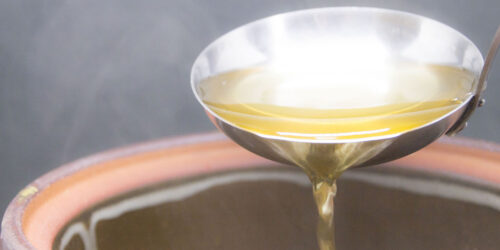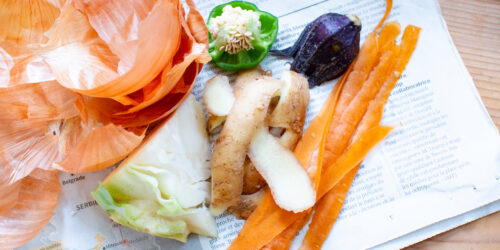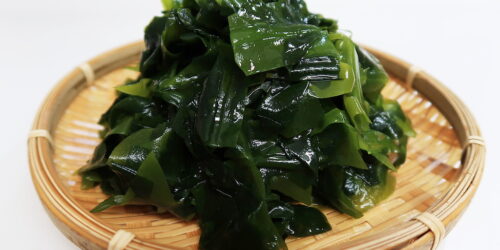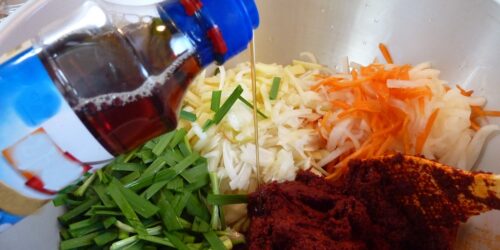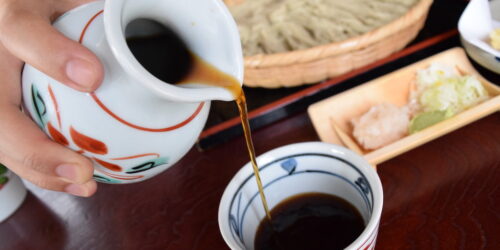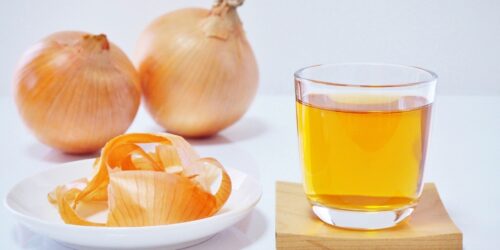8 Common Types of Dashi and Their Uses
1. Katsuo Dashi (Bonito Soup Stock)
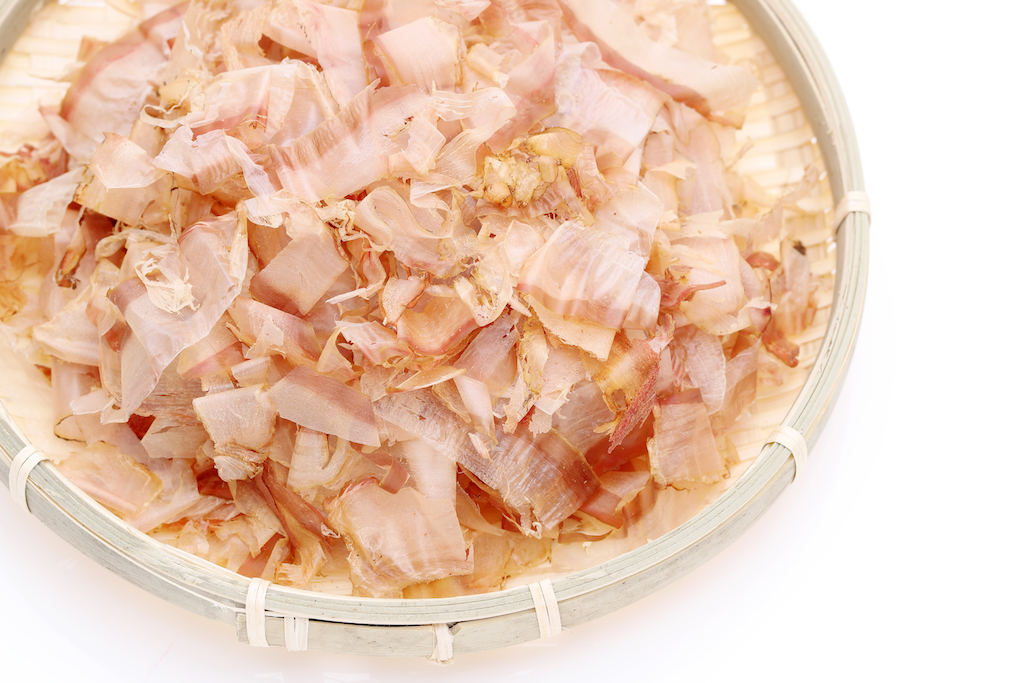 ▲Hanakatsuo
▲Hanakatsuo
This is soup stock made from dried bonito shavings. The aroma and umami are unquestioned, Japanese people very often use katsuo dashi for various dishes.
Suitable Dishes: Miso soup, Simmered dishes, Soup for noodle dishes, and Soup for hot pot
Umami Ingredient: Inosinic acid
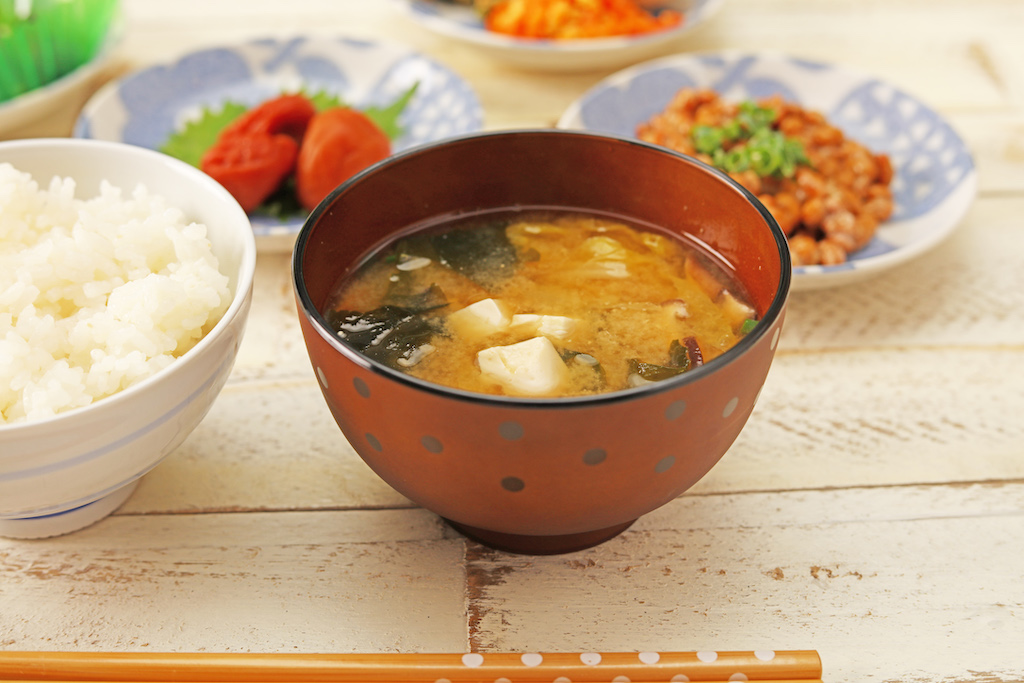
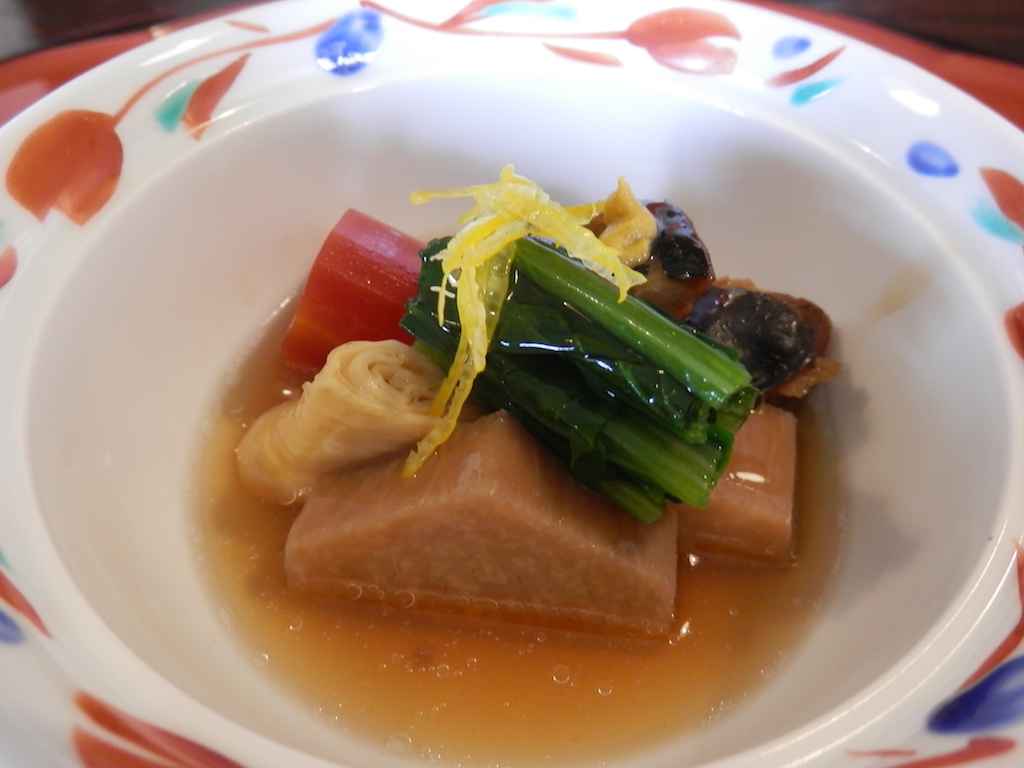
By the way, there are 2 types of dried bonito shavings depending on the thickness of the shavings.
1. 0.2 mm or less in thickness: dried bonito shavings called “hanakatsuo”*
2. More than 0.2 mm in thickness: dried thick bonito shavings called “atsukezuri”
Generally it’s said that the soup stock made from the thick one has more deep and rich taste of dashi.
*Hanakatsuo is more popular in ordinary households
Here is the easiest recipe for katsuo dashi using hanakatsuo
3-Minutes Best Quick Dashi Recipe
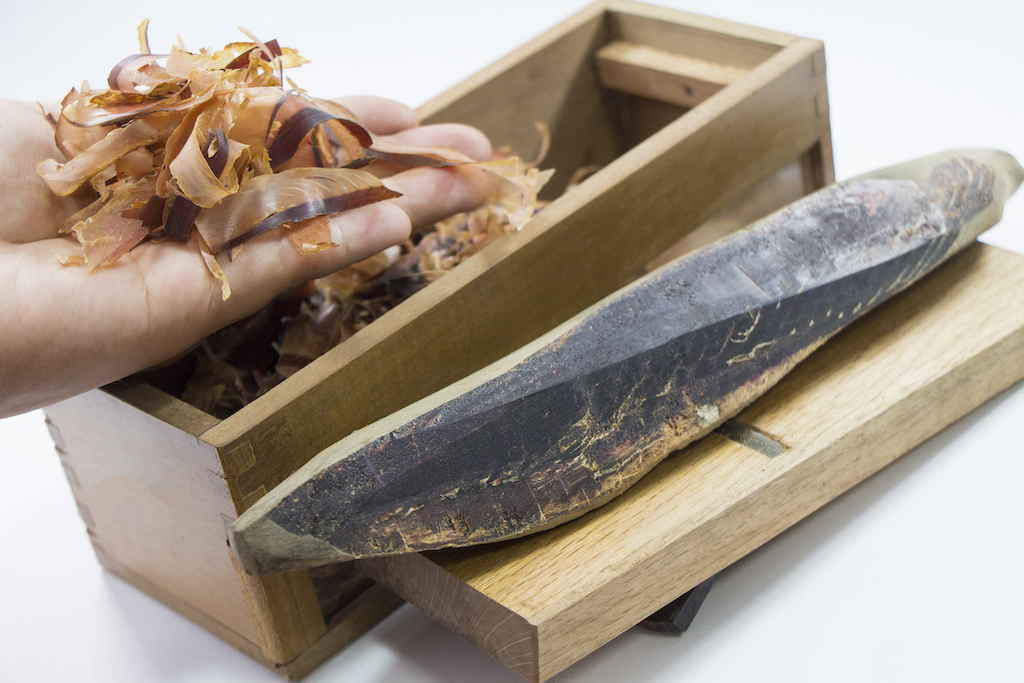 ▲Dried Thick Bonito Shavings (Atsukezuri)
▲Dried Thick Bonito Shavings (Atsukezuri)
2. Kombu Dashi (Dried Kelp Soup Stock)
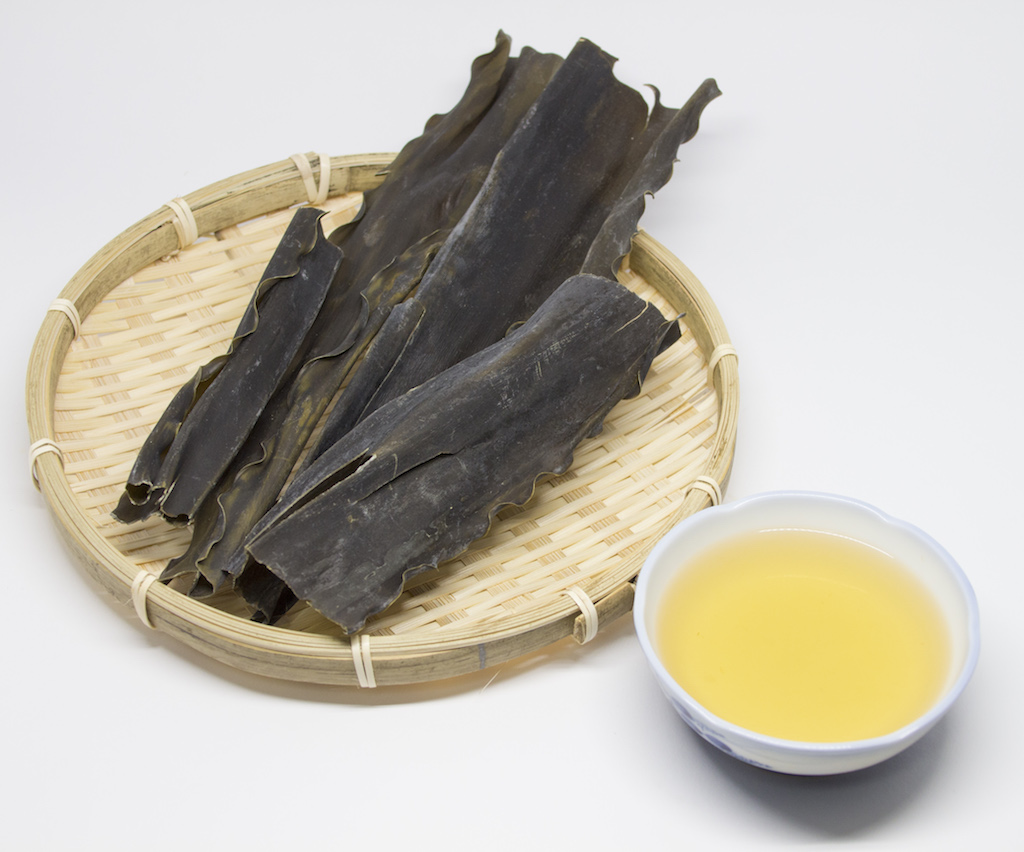
This is soup stock made from kombu (dried kelp). The typical raw materials for this are Rausu kombu, Rishiri kombu, Hidaka kombu, and Ma-kombu.
Kombu soup stock is used as a secret ingredient rather than as a scent. Glutamic acid contained in kombu dashi adds richness to your dishes.
Suitable Dishes: Simmered dishes especially oden, Takikomi-gohan (Japanese mixed rice), and Soup for hot pot
Umami Ingredient: Glutamic acid
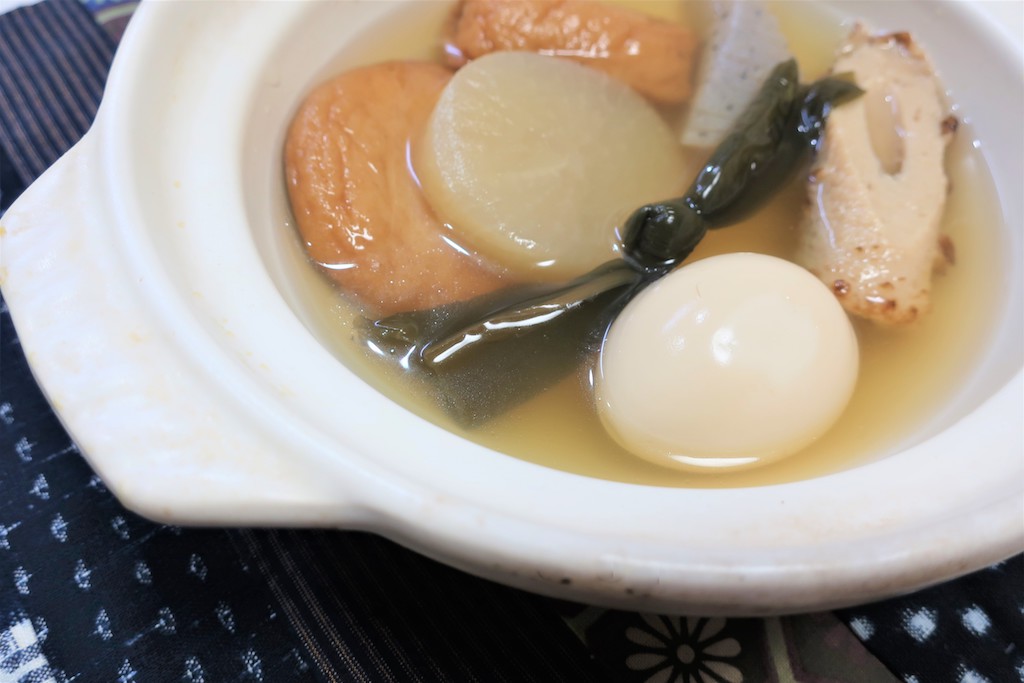 ▲Oden
▲Oden
3. Katsuo Dashi + Kombu Dashi (Combined Soup Stock)
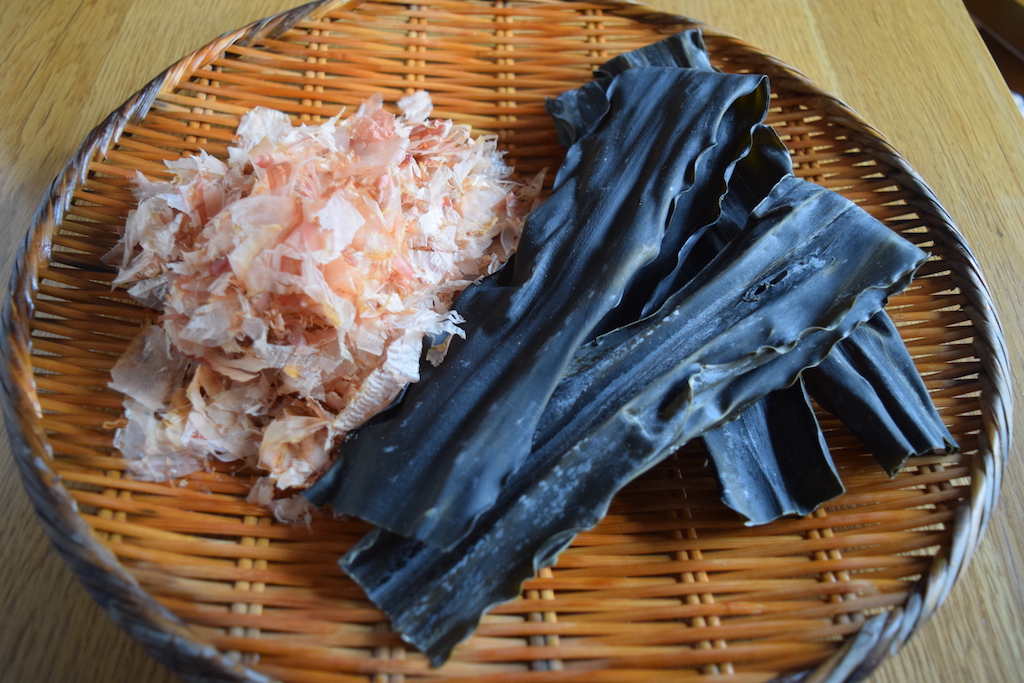
You can make soup stock with really strong umami ingredient by combining soup stock made from dried bonito shavings and dried kelp.
It’s generally said that if you combine two or more types of dashi, they will create a great synergy effect.
The combination of inosinic acid and glutamic acid is especially great way to create delicious soup stock.
Suitable Dishes: Miso soup, Simmered dishes, Soup for noodle dishes, and Soup for hot pot
Umami Ingredient: Inosinic acid and Glutamic acid
4. Niboshi Dashi (Dried Anchovy Soup Stock)
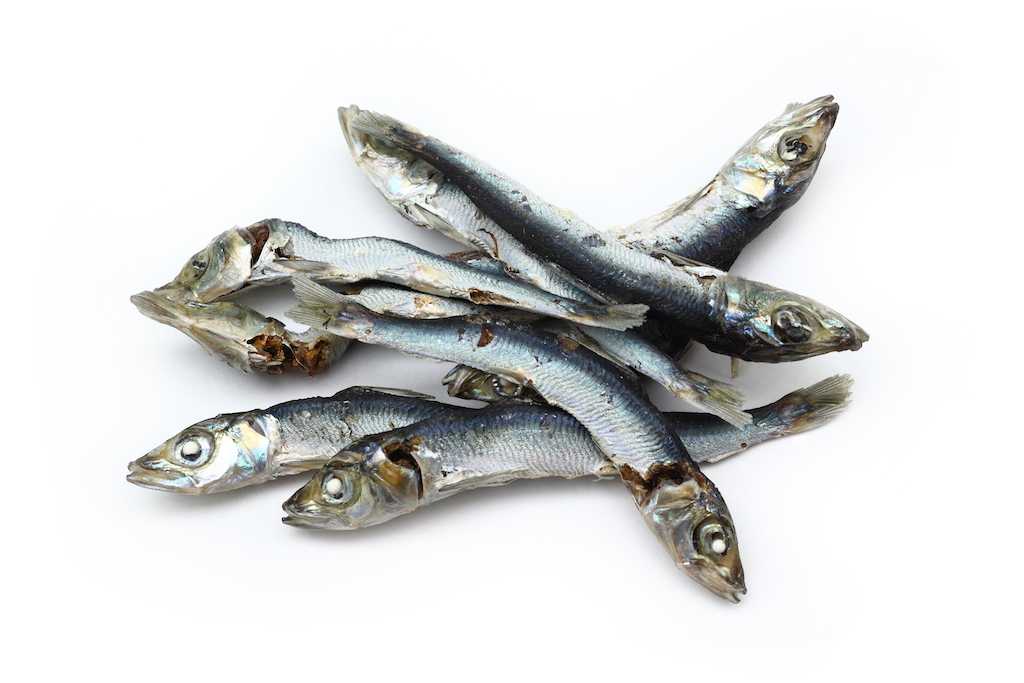
This is soup stock made from dried anchovies. It’s also called “iriko dashi” especially in Western part of Japan.
It’s highly recommended to make the dashi after removing the head and internal organs of the fish that cause bitterness.
The umami ingredient contained in niboshi dashi is the same as katsuo dashi, inosinic acid.
It has the strong delicious smell of dried anchovy, so it won’t lose even if you use it for strong-tasting dishes such as miso soup and ramen soup.
Suitable Dishes: Miso soup and Soup for ramen
Umami Ingredient: Inosinic acid
Actually, “niboshi” refer not only to the dried anchovy, but also to other seafood.
Please check below to know more about Niboshi.
What Is Niboshi (Iriko) and How Is It Used?
9 Different Types of Niboshi & Dashi
Niboshi (Iriko) Dashi Recipe
 ▲Niboshi Ramen
▲Niboshi Ramen
5. Shiitake Dashi (Shiitake Soup Stock)
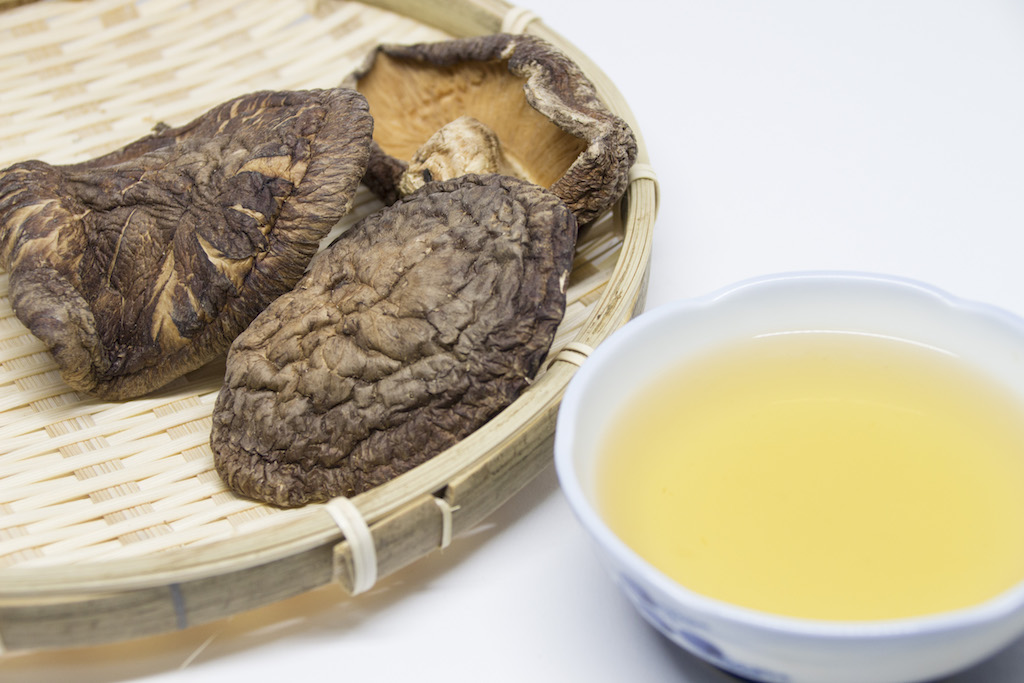
This is soup stock made from dried shiitake mushrooms. It has a unique flavor and taste.
Umami ingredients and nutrients of dried shiitake mushrooms are dozens of times higher compared to raw shiitake mushrooms. The ingredients were condensed by removing the water from the raw shiitake mushrooms and drying them.
The umami ingredient that has produced in the process of drying is called guanylic acid. It cannot be obtained without drying, and can be said that it is almost limited to dried shiitake mushrooms speaking of ingredients that are rich in guanylic acid.
Shiitake mushrooms with thick meat is called “donko”. Dried donko is relatively more expensive than the regular one, and it’s often said that shiitake dashi made from donko has more rich and deep taste.
Suitable Dishes: Soup for somen noodles and Simmered dishes
Umami Ingredient: Glutamic acid and Guanylic acid
 ▲Donko
▲Donko
6. Ago Dashi (Flying Fish Soup Stock)
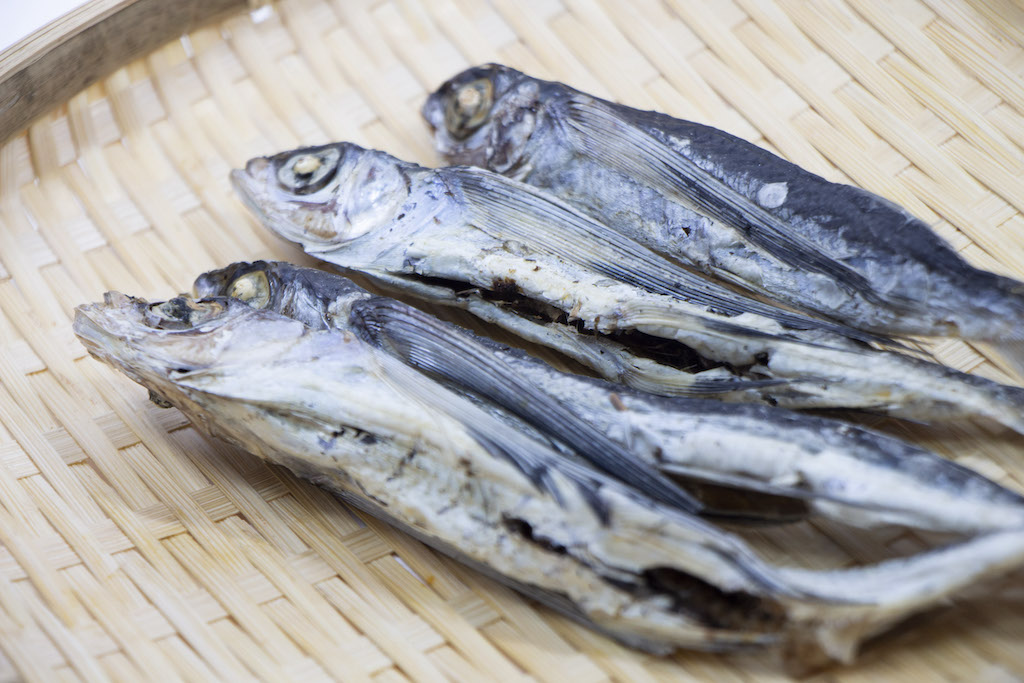
This is soup stock made from dried flying fish.
There are 2 types of raw materials for the soup stock depending on how the dried flying fish is made.
1. Niboshi: Made by boiling with salt and drying.
2. Yakiago: Made by grilling and drying.
Both of them has relatively light and refreshing taste, but has great koku (richness) at the same time. Dashi made from yakiago (grilled one) has more grilled, aromatic flavor.
Suitable Dishes: Soup for udon noodles and ramen and Simmered dishes
Umami Ingredient: Inosinic acid and Glutamic acid
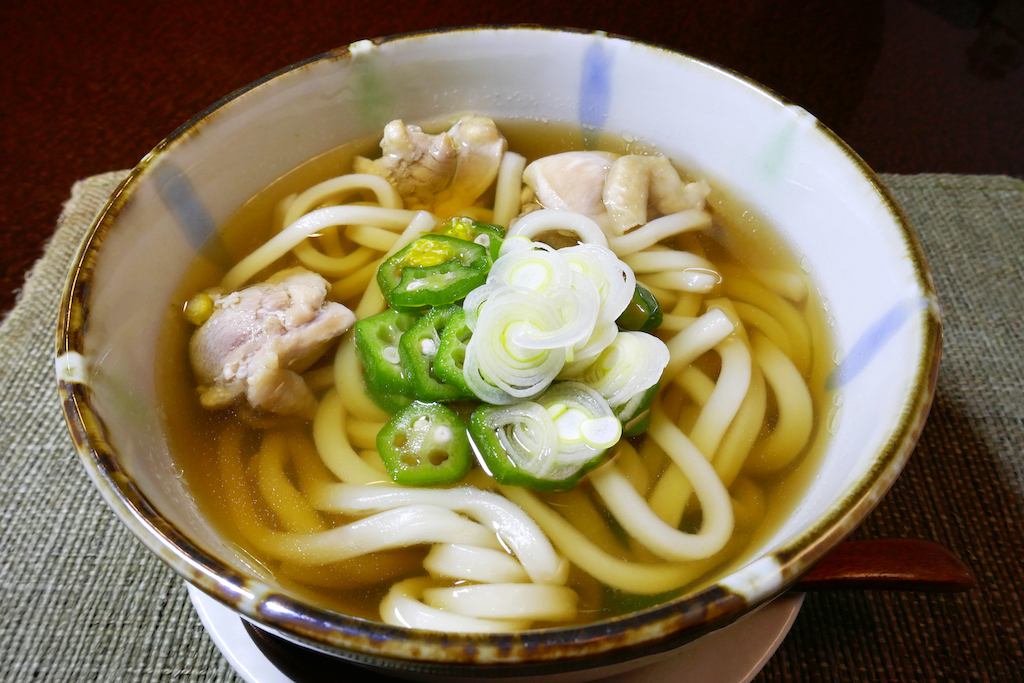 ▲Ago-dashi Udon
▲Ago-dashi Udon
7. Vegetable Dashi (Vegetable Soup Stock)
As the name says, this is soup stock made from various types of vegetable such as cabbage, daikon, carrot, and celery. You can also use vegetable scraps including vegetable skin and core.
By the way, tomato, onion, asparagus, broccoli, and green pea are the vegetable that contain glutamic acid. So, those can not only gives you various nutrients, but also great umami.
Making soup with the vegetable dashi is vary simple and healthy, but sometimes has weak taste. You should probably add a little soy sauce and black pepper at that time.
Suitable Dishes: Miso soup, Simmered dishes, and Vegetable soup
Umami Ingredient: Glutamic acid (some of the vegetables)
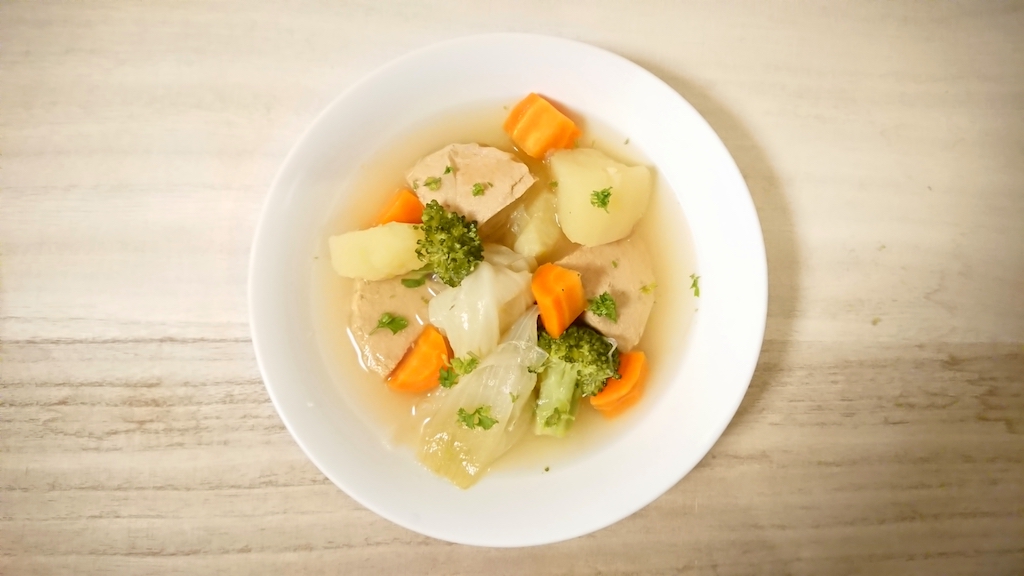
8. Shojin Dashi (Vegan Soup Stock)
This is soup stock that does not use animal-based ingredients. This is called “shojin dashi” in Japanese, and used when making shojin ryori.
Shojin ryori (Buddhist cuisine) mean vegetarian diet which are prepared as the charity for monks using only vegetables, beans, and grain since the Buddhism prohibit monks from killing.
The raw materials for shojin dashi are usually dried shiitake mushrooms, kombu, soybeans, and some vegetables. Those plant-based materials can generate gentle sweet flavor of dashi.
Additionally, good thing is that it contains great umami ingredients which are glutamic acid and guanylic acid. Due to those umami and flavor, Buddhist cuisine will have umami (delicious taste) and koku (richness) without adding strong seasonings.
Suitable Dishes: Simmered vegetable dishes, and Soup dishes
Umami Ingredient: Glutamic acid and Guanylic acid
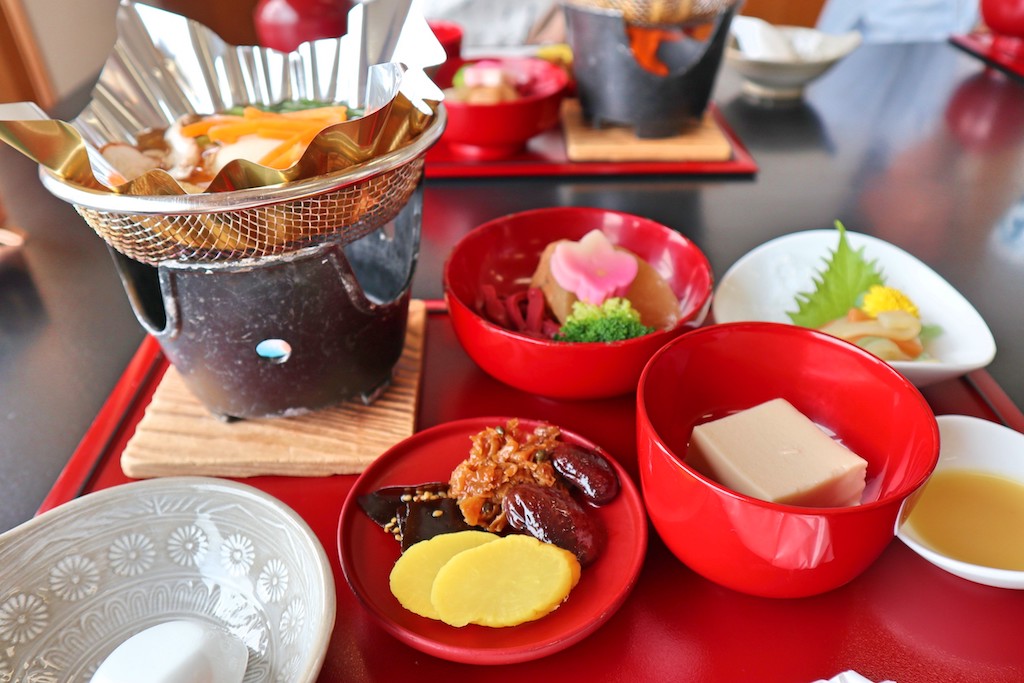 ▲The Buddhist Vegetarian Cuisine (Shojin Ryori)
▲The Buddhist Vegetarian Cuisine (Shojin Ryori)
Please check below to know more about Shojin Dashi & Shojin Ryori.
What Is Buddhist Vegan Cuisine (Shojin Ryori)?
What Is Vegan Soup Stock in Japan (Shojin Dashi)?
Recipe for Shojin Dashi
Conclusion
As long as it’s dashi, you can use any type of it to make Japanese dish actually.
Please try to make several types of dashi at home, or buy some dashi granules to check out the differences between them. Enjoy various dashi in your cooking!
10 Best Dashi Stock Substitutes

